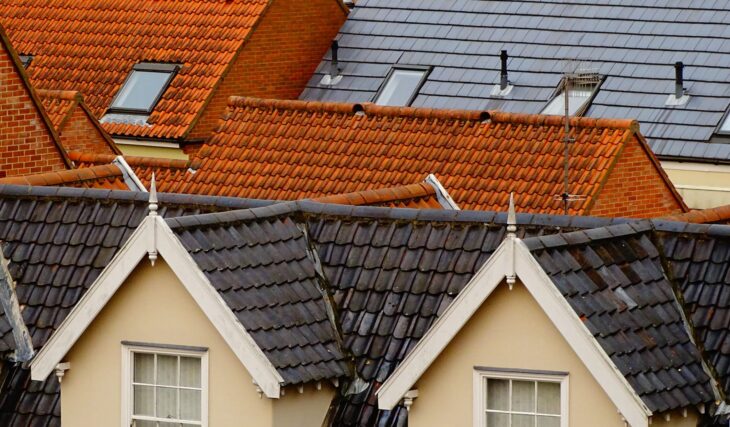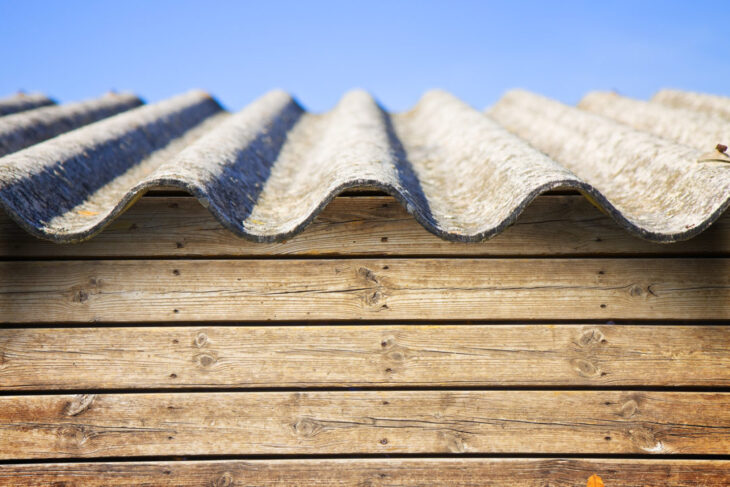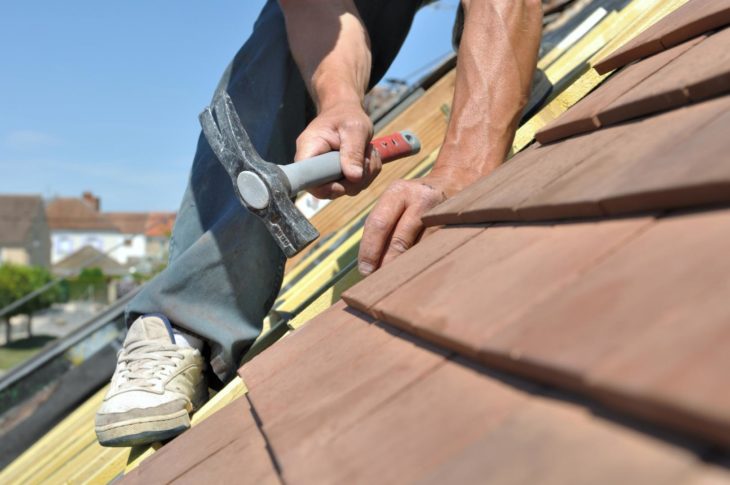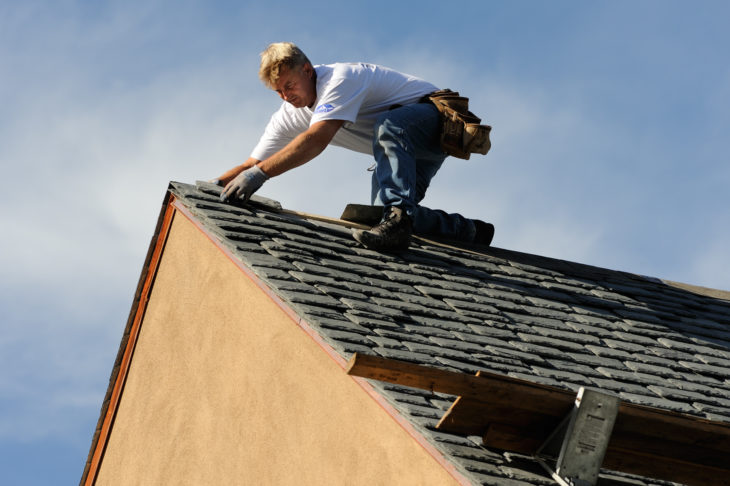Just like the interiors of your building, your exteriors also require intensive detailing. Every property owner should be well-versed with the basics of a great roofing system. Whether we talk about some castle, the “CAPE KENNEDY” Institute, or a primitive hut, the roof is something they all have in common.
As people developed through work, so did their living environment, which also required some innovative solutions regarding the roof. This original roof had the function of protecting people from the atmosphere and consisted of, in a technical sense, primitive natural coverings on a primitive wooden construction.
The choice of applied materials depended on the natural environment in which people lived over time. By perfecting themselves and their tools for work, over time, people gain new rich craft experiences and knowledge and adequately improve their living space, and the roof of that space experiences development and acquires new functions. Today, not all industrial roof contractors will explain the lengthy roofing process to you. From old-style built-up roofs to modified single-ply, industrial roofs come in all types. But what goes into making them? And what makes them special?
To find out, let’s take a look at some of these details about industrial roofs that you should know:
Contents
1. They Are Complicated and Complex

Source: unsplash
To simply explain the anatomy of the roof on its exterior, let’s have a closer look at what it consists of and how all those materials can make your home better. The first thing is sheathing, which is crucial for the roof stability and durability as it reinforces the structure of the roof. Sheathing, usually made from plywood or OSB (oriented strand board), should be at least 19/32-inch thick. The second quite significant part is the vents from the ventilation system that allows the roof to breathe by permitting the circulation of air through the soffit. Vents are quite essential because no one wants or likes when there is a condensation, and that can happen if there is too much humidity in your home. The shingles are another integral part of any rooftop. They are also the ones on which depend the exterior look of your home. This next layer, formed by shingles, represents the aesthetic and recognizable quality of any roof, but not just that, as they also help in repelling water and thus safeguarding your roof.
The drip edge and metal flashing allow excess water to run off the edges and avoid leakage.
Most roofs also have a water-resistant layer, which acts as a shield against the moisture intrusion. An ice barrier helps block ice from causing destruction. Some of them may also have a drip edge that takes the water away from the roof. Beneath all these layers lies the foundation over which the roofing materials are applied – the roof deck.
2. Roof Ventilation Is Very Real

Source: taylorandscott
Roof ventilation either works through a power source, or it occurs naturally – when the wind blows. You can either have exhaust vents or intake vents for your property, depending on your preference. During summer, unventilated attics don’t allow the heat to escape. This built-up, accumulated heat can damage the shingles of your roof. A good ventilation system, however, allows air to escape and keep the attic cool.
As another advantage, it also reduces energy costs as you won’t have to rely on an air conditioner. So you can be energy efficient, too! They are excellent for warmer climates because that is where one can see how much money for electricity a suitable ventilation system can save. Of course, vents cannot do all the work alone and only combined with sun exposure of the house, its shingle color, and proper insulation, you can get a very energy-efficient system!
3. Some Roofs Are Specially Built According To the Climate

Source: HPD Consult
Whether it is raining or snowing, your roof will protect you from it all. Well, can it? Although there are some usual types of roofs that you can get regardless of the geographical place of your house and the climate, the most common thing is to get the one that suits your home the most. And the truth is that not every roof can protect your house from everything, as some of them are built only for specific climates.
For example, an industrial roof with an equal length of slopes on all four sides is likely to withstand strong winds and storms. These are known as Hipped roofs, and they are great for those who live in the area where heavy raining can occur. Hipped roofs are ideal for cold and wet weather.
For sunny regions where rainy days are not something that happens a lot, flat roofs are an excellent choice. However, if there is a greater chance for storms to happen, the good thing is that with proper drainage in place, these roofs can sustain heavy rainfall very well.
For owners who have attics, gable, or triangular roofs placed at a 9-degree angle is not a strange concept, and also the one most people choose to go with for their place. These kinds of roofs are resistant to snow and bad weather, and hence, are highly recommended for properties in regions with a cold climate.
4. A Covered Roof May Not Be Ideal

Source: stamperroofing
Often, you may see owners covering up the roofs of their properties to avoid roofing issues. While this is a quick fix, it can be detrimental to the quality of your roof, and in the long run, can do more harm than good. Although this method is a very cheap way to solve the current problem in a short time, it is not a permanent solution because it can lead to corrosion or potential damage. And that is not all, and depending on the material you use to cover the roof, this additional layer can also add more weight to it, making it heavier and bulkier, which can lessen the strength of the roof structure. That is why doing a routine check before taking any action is a must, as it will let you know the condition of your roof.
If someone chooses to ignore everything and add unnecessary weight to the roof, without doing a routine check, all that can, as a result, deepen the roofing woes, and in the end, you may find yourself having to replace or rebuild the entire roof.
Conclusion
You may have hired the industrial roofing services such as guyroofing.com, but educating yourself about your property’s roofing system is the need of the hour. Especially, as we have seen, every roof is unique and can be customized. So the next time you’re having a roofing issue, you can identify the root cause and fix it permanently. A more informed view of your roof will result in detailed and specific conversations with your roofing contractor. The more informed you get, the better.
The next time you’re having a roofing issue, the right roofing contractor can identify the root cause and fix it permanently!
